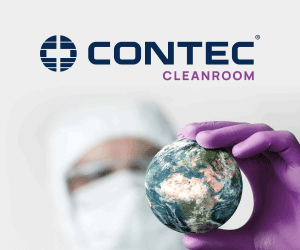The company’s latest report states that the liver cancer pipeline has 423 products in active development, with a diversity of both molecule type and mechanism of action. Additionally, of the 318 products with a disclosed molecular target, 39% are potential first-in-class therapies.
Despite targeted therapies entering the previously chemotherapy dominated market, the prognosis for the 70% of liver cancer patients not eligible for surgery remains extremely poor, with most surviving for less than a year even with treatment.
On top of this, eligible patients still face a high recurrence rate even after surgical resection of the tumour. As such, the unmet need within the liver cancer space is very high, presenting a strong opportunity to develop breakthrough first-in-class therapies.
Dominic Trewartha, Managing Analyst for GBI Research, said: “First-in-class development can be highly lucrative if clinically successful, but is also associated with high risks. There is substantial variation in clinical potential among first-in-class liver cancer products, dependent on their association with known disease-causing pathways and mutations.
“Therefore, even though a high proportion of first-in-class products is a promising aspect of a pipeline, there is substantial variation in these products in terms of their clinical promise and potential market impact.”
GBI Research also states the liver cancer deals landscape is moderately active, with relatively high-value deals — the mean value for disclosed co-development deals was US$204 million, and the mean for licensing deals was $203m. It is also clear the full spectrum of companies is involved in this landscape, ranging from start-up biotech firms to global leaders.
Trewartha continues: “Numerous large companies such as Bristol-Myers Squibb and Novartis have a strong track record of in-licensing products, and companies of varying size have acted as licensors, licensees and co-development partners in this indication.
“Reflecting the pipeline landscape for liver cancer, the mechanisms of action across both licensing and co-development deals were diverse. Small molecules constituted the largest group of products in co-development and licensing deals, followed by monoclonal antibodies — mirroring the pipeline.”




